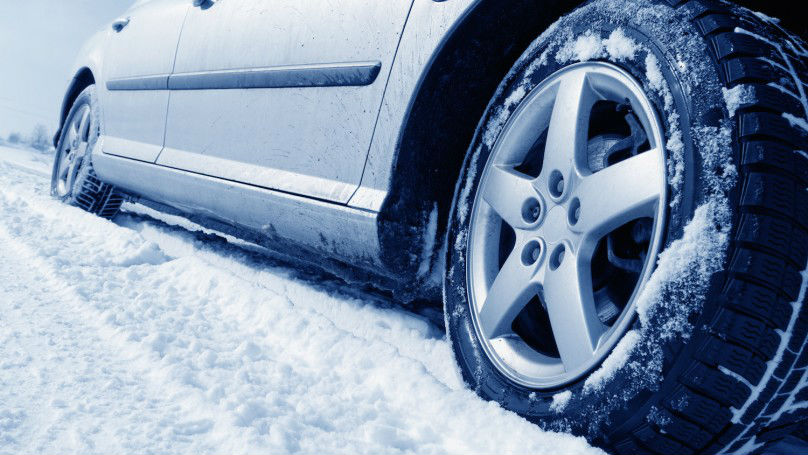Blog
How to make a winter survival kit for your car

Although we have been enjoying some beautiful fall weather, winter is just around the corner. We know it is coming and you should be prepared for it. Now is the time that we should be thinking about driving in the winter with snow and ice. We at Auto Works Collision Center want to keep your family safe while driving this winter, and have come up with some tips as well as emergency kit ideas. Before hitting the road you can call 511 for Kansas road condition reports.
How to Make a Winter Survival Kit
Everyone should carry a Winter Survival Kit in their car. In an emergency, it could save your life and the lives of your passengers. Here is what you need:
- a shovel
- windshield scraper and or with a small broom
- flashlight and extra batteries
- battery powered radio
- water (enough for a few days and enough for your passengers)
- non perishable snacks including energy bars, candy bars
- matches and small candle
- extra clothes, including hats, socks, mittens or gloves and shoes
- First aid kit
- a multi tool such as a Leatherman
- any medication that you take regularly
- blankets or sleeping bag
- tow chains or strap
- road salt, sand or cat litter for traction
- battery booster cables
- emergency flares and reflectors
- distress flag and whistle to attract attention
- cell phone adapter to plug into auxiliary port
You can keep all of this in a plastic tote. Additionally, some things to remember about your new kit are to keep the flashlight batteries separate from flashlight so they don’t accidentally run down. Keep this kit in the passenger compartment while driving for access in case your trunk freezes shut or is jammed.
If you do get stranded
If you do get stranded, if possible, call 911 on your cell phone. Provide your location, condition of everyone in the vehicle and the problem you are experiencing.
Follow instructions the dispatchers give you. Stay with your vehicle! If you must leave your vehicle, write down your name, address, phone number and destination and leave on dash or front seat (anywhere someone can find it).
Make sure your vehicle is prepared: Make sure you keep the tank full. Stop and refill if you get below one half of a tank.
Be easy to find: Tell someone where you are going and the route you will take.
If you get stuck: Tie the distress flag to your antenna or hang it in your window. At night, keep your dome light on. Rescue crews can see a small glow at a distance. To reduce battery drain, use emergency flashers only if you hear approaching vehicles. If your with someone else, make sure at least one person is awake and keeping watch for help at all times.
Stay in your vehicle: Walking in a storm can be very dangerous. You might become lost or exhausted. Your vehicle is a good shelter.
Avoid Overexertion: Shoveling snow or pushing your car takes a lot of effort in storm conditions. Don’t risk a heart attack or injury. That work can also make you hot and sweaty. Wet clothing losses insulation value, making you susceptible to hypothermia.
Fresh Air: Its better to be cold and awake than comfortably warm and sleepy. Snow can plug your vehicle’s exhaust system and cause deadly carbon monoxide gas to enter your car. Only run the engine for 10 minutes an hour and make sure the exhaust pipe is free of snow and debris. Keep a window open a crack while running the engine is also a good idea.
Don’t expect to be comfortable: You want to survive until you’re found!
